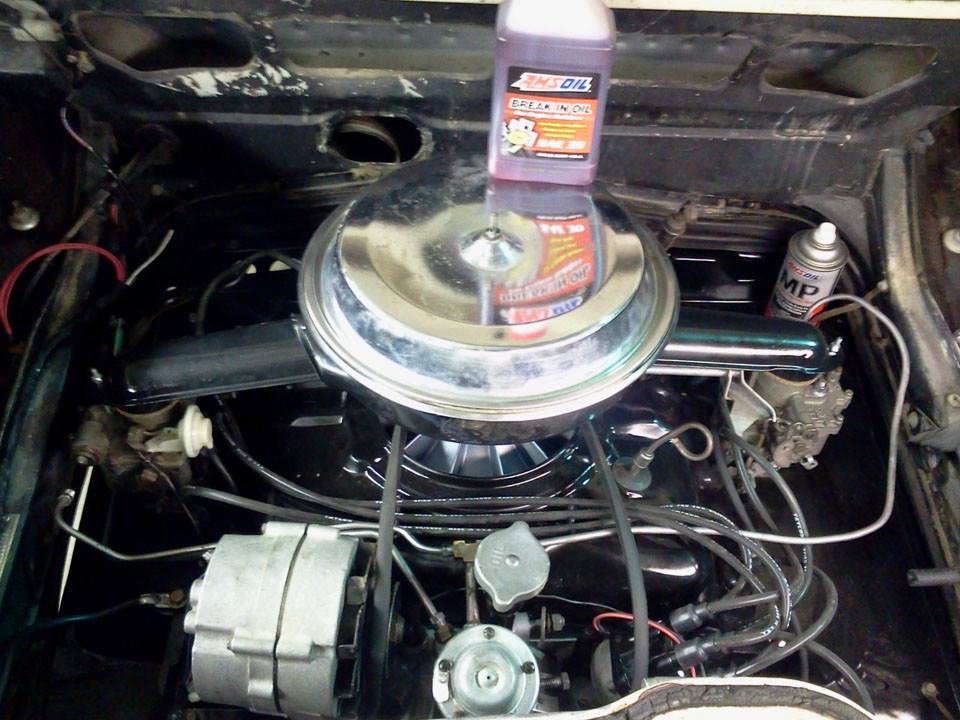Why do European Cars Require Special Oil? Ronald J Howell III |Jul 10, 2022 3:10 PM For all the grin-inducing benefits of owning a European car – finely tuned performance, sophisticated styling, prestige – they can be a pain. According to this list, four of the top five most expensive vehicles to maintain hail from across […]
You are browsing archives for
Tag: maintenance
Be Prepared for Winter Driving
Be Prepared for Winter Driving Prepare your vehicle for hazardous roads before winter arrives. _by David Hilgendorf|October 25, 2022 Ice storms are most common when the air temperature is close to freezing and blizzards become more likely as temperatures fall below freezing. Both can reduce visibility and create slippery road conditions that require enhanced vigilance […]
Why Your Marine Lower Unit Needs Regular...
Why Your Marine Lower Unit Needs Regular Service Though your marine motor gets all the attention, your boat isn’t going anywhere without the lower unit. Its combination of gears, bearings and other components turn horsepower into movement. Lower units are resilient and can last for years – provided you service them annually. Here, we reveal […]
8 Hot AMSOIL Products for Your Vintage C...
8 Hot AMSOIL Products for Your Hot Rod Jamie Gibson|Apr 20, 2018 10:52 AM If you’re anything like us, the highly anticipated sights and sounds of hot rods, muscle cars and restomods returning to the open road makes you a bit giddy. It’s a sure sign of road trips, car shows and all things summer. […]



